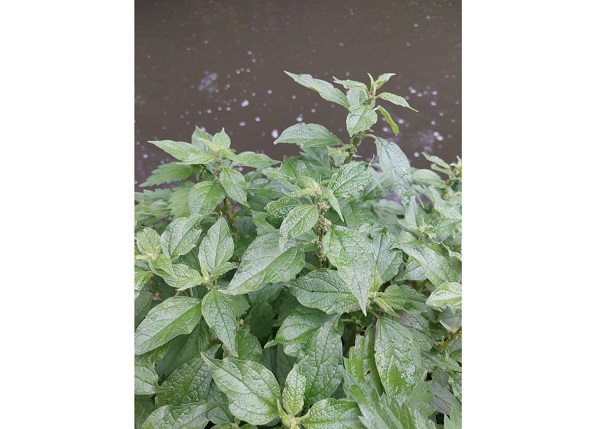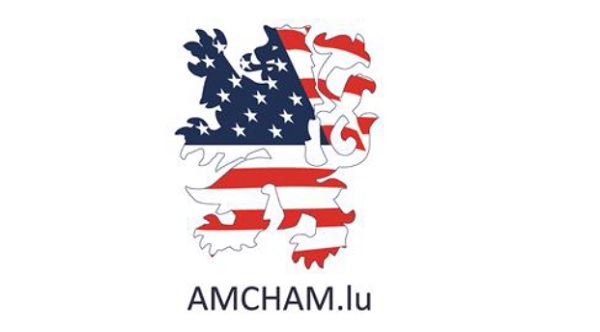 Parietaria officinalis;
Credit: LDaco - natur musée
Parietaria officinalis;
Credit: LDaco - natur musée
On Monday 16 June 2025, the National Museum of Natural History (MNHNL - natur musée) announced the discovery of a critically endangered plant in Luxembourg City during Biodiversity Weekend.
The National Museum of Natural History has annually organised its Biodiversity Weekend at the beginning of June since 2000. This event is conducted in close collaboration with local partners, including nature syndicates, municipalities and Luxembourg's Ministry of the Environment, Climate and Biodiversity.
The reported primary goal of the event is to raise public awareness about the value of biodiversity and the need to protect it by highlighting the rich variety of species found in our immediate surroundings. Over the course of one or two days, museum experts and their scientific collaborators conduct intensive field surveys within a selected municipality, meticulously documenting all the species they encounter. All recorded observations are added to the museum's national biodiversity database iNaturalist.lu, contributing data and new insights into species distribution across Luxembourg.
During this year's edition of the Biodiversity Weekend in Luxembourg City, botanists from the MNHNL, along with two scientific collaborators, rediscovered the Parietaria officinalis (pellitory-of-the-wall or upright pellitory), a plant species long considered extinct in its classical locality in Luxembourg City.
As reported by the MNHNL, since its documentation by botanist Félix Heuertz in 1933, the upright pellitory had never been found again in Luxembourg City. This ruderal plant, a member of the nettle family, typically grows on nutrient-rich soils and rubble. It is considered a cultural relic, introduced centuries ago from the Mediterranean region.
According to the MNHNL, the plant was discovered in the Grund district near the museum, thus underscoring the ecological importance of urban environments and the scientific value of the Biodiversity Weekend events.








